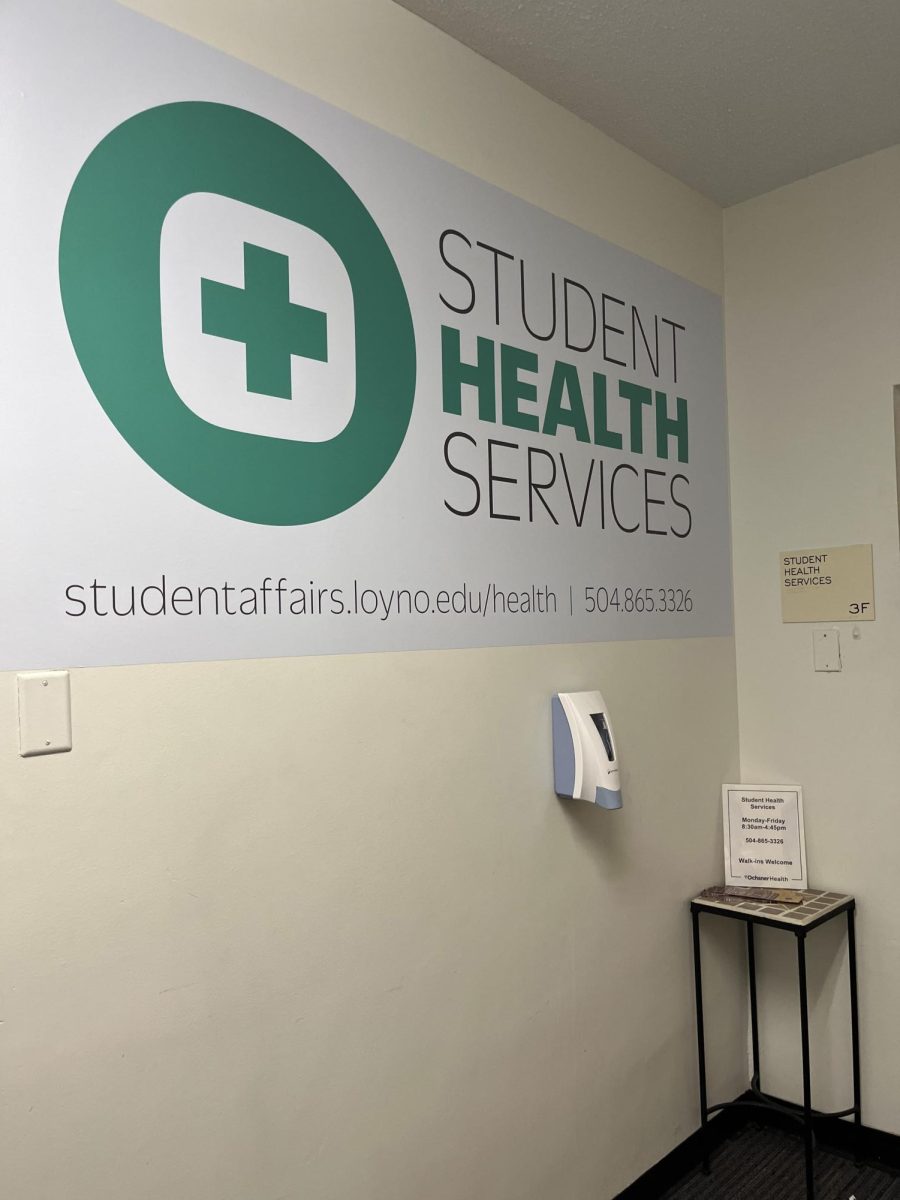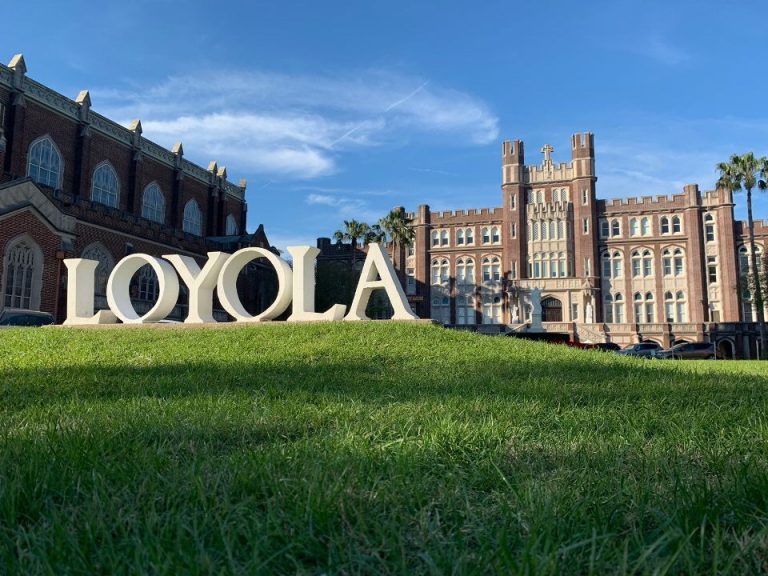Criminology junior Brooke Ball has been going to the Student Health Center since her freshman year at Loyola. In fall of 2021, Ball went to the center for treatment for an ear infection where she was prescribed medication to pick up at CVS pharmacy.
More recently, in October of 2023, Ball went to the center with another ear infection, expecting the same treatment. While she received the same prescription, she was billed $140 for the center’s services – something that didn’t occur during her visit for the same reason over a year earlier.
“I wasn’t told I was going to be charged, and I was under the impression I wouldn’t, which is why I went there,” she said.
According to Clinical Operations Coordinator Amie Cardinal, Loyola Student Health Services transitioned to Ochsner billing in August 2023.
Ball said she was not notified that student health had partnered with Ochsner and changed their system.
Cardinal said the health center continues to bill health insurance the same as in the past, but the main difference now is the source of the bill.
Payments remaining after insurance, such as copays and coinsurance, are billed by Ochsner, according to Cardinal. Students now receive bills from Ochsner instead of being charged on their student accounts.
Cardinal added that students with the Aetna student health insurance still pay no fees for services at student health.
Ball, who has an outside insurance provider, said her insurance copay for urgent care is $90, which is less than what she was charged for her visit to student health in October.
Freshman Chloe Stack, who has Aetna insurance provided by the university, said she went in for an ankle wrap earlier in the year and was charged $250, despite being told much of the cost would be offset by insurance.
Stack said she went in again for a flu and COVID-19 test and was billed $450 to her student account.
“I didn’t realize that it’d be so expensive,” she said. “They didn’t communicate that ever.”
Stack said she wishes the center was more transparent about the costs associated with care. Instead of going to the Student Health Center, Stack now goes straight to the emergency room, where she said she’s “guaranteed a $100 copay.”
“If I were to go to student health, it’ll be at least $200 for the slightest of things, and they don’t ever tell you that,” Stack said. “And then you end up with a bill of $2,000 for the semester, [wondering], ‘How did that happen?’”













